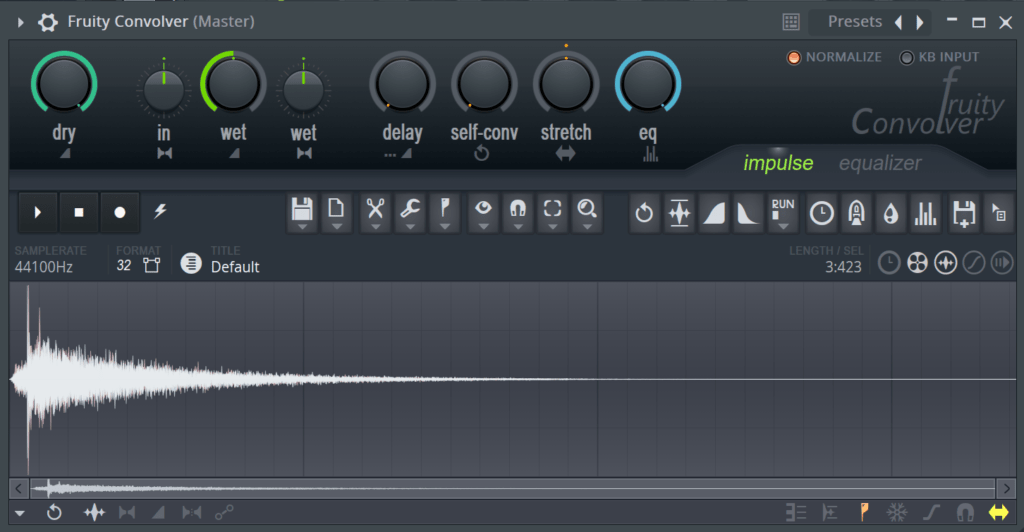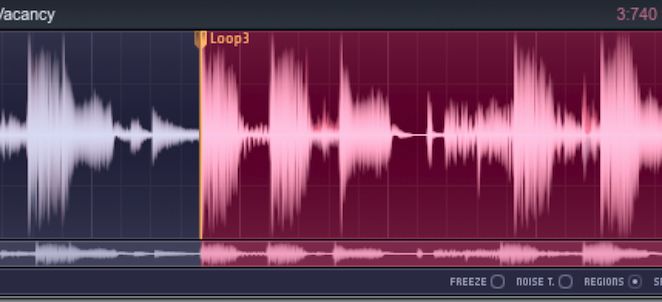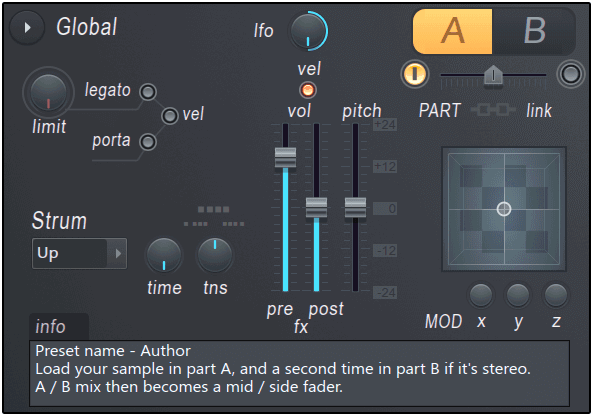
An A/B switch can also be found, and allows the user to switch between the two independent parts that can be mixed and modulated separately. Articulation of notes is strongly effected by the legato and strum controls. The Global Controls section of Harmor's GUI controls a variety of effects more related to the performance of notes rather than the timbre of the sound.


Below the harmonizer are some parameters controlling note frequency and partials multipliers and dividers, as well as vibrato. By default, Harmor's phaser is essentially an endlessly rolling notch filter, which can be extensively shaped, manipulated and even keytracked. To the right of the pluck controls, a phaser unit is also available.

By default, this simulates an effect of a string being plucked however, any sound created in Harmor can be emulated in that fashion. To the right of the harmonizer is the unison section, which enables the control of unison voices and their spread in pitch, pan and phase.Įspecially useful for creating a string-like sound, the pluck knob uses another kind of filter to impact the decay rate of a sound's partials. To the right of the prism controls is the harmonizer module, which essentially accentuates the volume of certain harmonics according the configurable harmonizer pattern matrix and the three other harmonizer controls. Partials are shifted from their original frequency according to the selected harmonic level to prism amount. Located directly below the blur module, the prism knob is the main way to control the pitch of partials, which is useful for creating a detuned or harsh sound. Reverb and preverb effects can be created additively by using the blur knob, which smears the partials horizontally and adds harmonic attack or release, while partial frequencies themselves can also be blurred vertically using the harmonic blur control. These are the default waveforms when Harmor is opened, but they can be edited or changed by either importing any single-cycle waveform or additively editing their timbre in the envelope section below using the line editor. Starting off at the top left of the interface, two timbres, a saw and square wave, can be morphed or used independently when creating a sound. This is the reason why Image-Line calls it an additive / subtractive synthesizer. General and advanced GUI features Īlthough Harmor is internally an additive synthesizer, most of its controls found on the main GUI are presented in a way that is familiar to subtractive synthesis users. Harmor’s spectrogram (visual feedback panel) can also be revealed to show partials sent to the synthesis engine and display their behavior in real-time.
#Fl studio harmor full#
gif) files can also be resynthesized quite faithfully, and some of their parameters can be edited such as time stretching, pitch shifting, and formants, in addition to the full amplitude, pitch and phase harmonic-level manipulation enabled by the additive parameters described above. Imported audio ( WAV, AIFF, WavPack, MP3, OGG, REX1&2) and image (.bmp. Harmor can produce up to 516 partials per note, per unison voice, in each part (512 partials, 3 sub-harmonics, and the filter self-resonance oscillator).

This enables a greater amount of harmonic control before partials are summed. Furthermore, lots of these additive parameters can also be individually controlled per each unison voice, and the way these additive modules affect harmonics can often be changed according to custom shapes, masks, and harmonic distribution graphs in the envelope section using line editors. This means that the timbre, filters, harmonizer, phaser, equalizer, and more are all done additively. Although the different additive modules and controls found in Harmor can look similar to more conventional synthesizers that utilize subtractive synthesis, its sound generation engine differs in that it sums its partials later in the signal chain (right before the FX stage) compared to some other additive synthesizers. Harmor is powered by an additive synthesis engine, similar to Image-Line’s synthesizer Morphine.


 0 kommentar(er)
0 kommentar(er)
